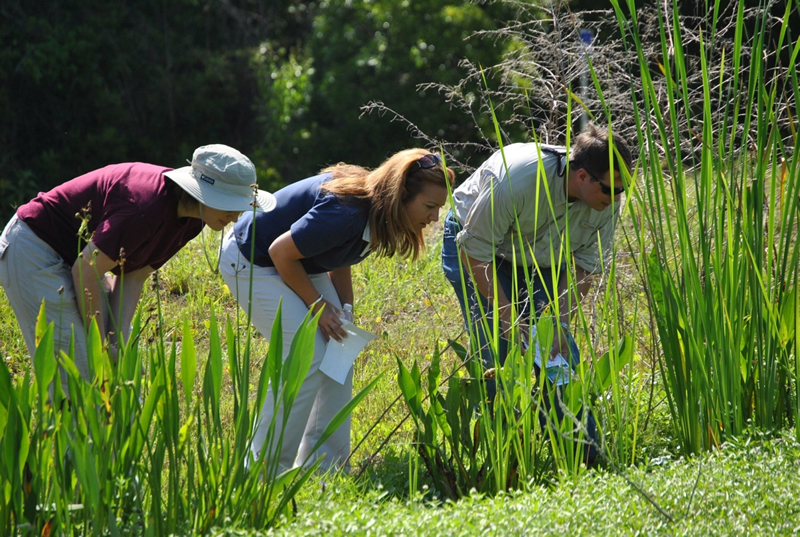Organization & Responsibilities
The ISM Branch consists of the Jacksonville District Office personnel, the North Florida Aquatic Plant Control Unit in Palatka field biologists in the South Florida Invasive Species Management Office in Clewiston and a field biologist based in the West Palm Beach office.
The North Florida Aquatic Plant Control Unit is responsible for managing invasive plants on the St. Johns River from Jacksonville south to the Highway 520 Bridge, just south of Orlando, Florida. The Unit is also responsible for snagging and clearing operations in the St. Johns, Withlacoochee and Ocklawaha Rivers, subject to appropriate funding.
 The South Florida Invasive Species Management Office is responsible for managing aquatic invasive plants on Lake Okeechobee, the Okeechobee Waterway and associated tributaries. Other invasive species responsibilities include managing invasive animals and terrestrial plants for the Okeechobee Waterway and Central and Southern Flood Control Projects.
The South Florida Invasive Species Management Office is responsible for managing aquatic invasive plants on Lake Okeechobee, the Okeechobee Waterway and associated tributaries. Other invasive species responsibilities include managing invasive animals and terrestrial plants for the Okeechobee Waterway and Central and Southern Flood Control Projects.
The biologist in the West Palm Beach office is responsible for managing invasive species on Comprehensive Everglades Restoration Plan (CERP) projects. He also acts as a liaison with other state and federal partners involved with Everglades Restoration.
A USACE wide Aquatic Plant Control Operations Support Center was established to support the Removal of Aquatic Growth Project, among other responsibilities, and is based in the District’s Invasive Species Management Branch.